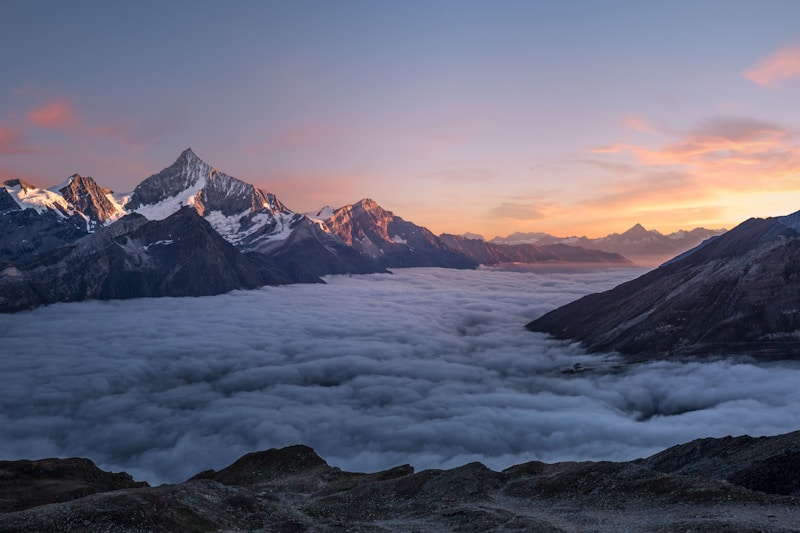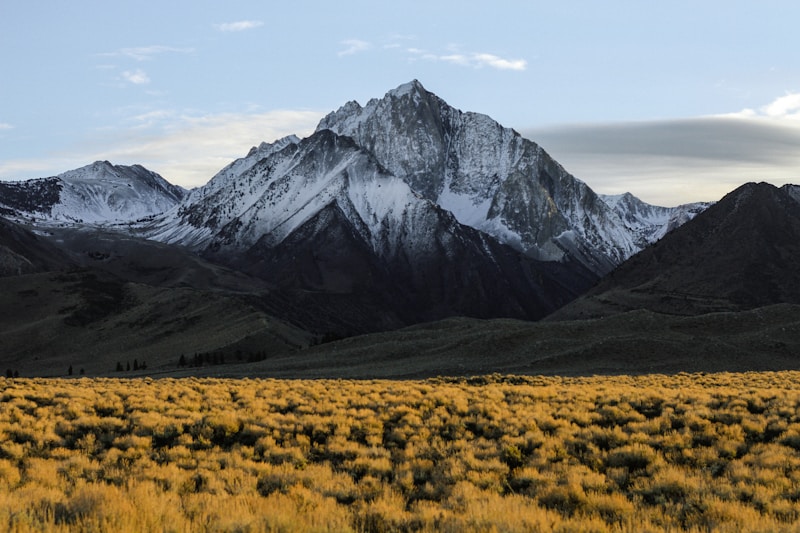Trek Packages
Amazing and most scenic high mountain destinations in all Himalaya enclosed within high white peaks that surround and the only adventure that offers an experience of a lifetime with the wonderful and best time.
FREQUENTLY ASKED QUESTIONS (FAQs)
What essential documents do I need to bring with me on tour?
To enter Nepal, you must hold a 6-month valid passport and obtain a Nepalese visa. Most visitors can obtain a visa at immigration in the KTM airport. You will need to summit an online visa form and keep a copy of the print. You will also need your travel insurance, which may need to cover medical evacuation including helicopter service. You should also always print a copy of the flight ticket and must be ready to show. However, Indian residents can travel in Nepal with just an election card or government approved Id card except a license.
Will I need visas for Nepal?
Visa requirements are always dependent on the countries you will be visiting and the country you came from. Countries like those in the European Union, Australia, America, Canada, Japan, Britain and particular countries in Asia can get their permit upon arrival in Nepal. The best thing that any visiting tourist can do is to contact each country’s embassy for the latest information. The nationalities of Chinese, Pakistani, Nigerian, Ghana, Zimbabwe, Swaziland, Cameroon, Somalia, Liberia, Ethiopia, Iraq, Palestine and Afghan people require that they collect their visas ahead of time from their local from embassy.
How hard is the trekking in Nepal?
The answer is up to you. Depending on how prepared you are, your trip can be a vacation or a challenge, a revelation or an ordeal. Most Satori Adventure hikers are here for the first time, and although many are avid trekkers, they find that trekking in Nepal is very different from most other countries. There are hundreds of trekking trails in Nepal. Each 8000m mountain has a base camp and panoramic view trekking options. The trekking experience always depends on age, physical fitness, duration that you can spend in the mountains, amount of preparation and experience. Mental attitude, adequate food and water consumption are essential to the success of any hike, particularly in the spring and autumn seasons. Trekking in the Himalaya trails can be so demanding that even people in excellent condition can struggle. Although we have seen in the past that when we apply the appropriate package for our clients, we see that even small children, senior citizens, and people with physical disabilities have successfully hiked in the Himalaya and have a pleasurable experience.
What is the best time of year to Trek in Nepal?
I offer packages and operates in every season throughout the year. In Nepali tourism we have a slogan: Nepal is for all seasons. However, in the monsoon period Nepal experiences heavy rain and in the winter the temperatures become arctic in the mountain areas. There are 2 trekking seasons in Nepal for high elevation trekking: Spring (March-May) and autumn (September-November). Autumn season starts after the monsoon (June-August). In the spring the temperature increases day by day and it becomes warmer in higher elevations. This is the reason that most trekker’s choose spring and autumn for their trekking trips. However, in the lower parts of the mountains, sub 3000m you can trek any time of the year.
When should I book my Trekking?
Most trekkers book their trip 3-6 months before arriving in Nepal. My advice is that once you clear your schedule from your job and you book your plane tickets you conform your participation with me so that we will have enough time to make all the necessary arrangements for domestic flight tickets, hotel reservations. However, I accept your booking even one week before as per situation.
How do I book my Trekking package?
You can book your trip using my booking form on my website or by E-mail. Please visit my Web site for more information or contact us.
What is tea house trekking?
Teahouse trekking style is the most popular form of trekking in Nepal, these trails run along many established trails in the Himalaya and its foothills. Teahouses or lodges are owned by local people and provide accommodation and all meal facilities. They are great places to meet and interact with locals and experience local hospitality and culture. Teahouse trekking is a relatively cheap and comfortable form of trekking with meals and accommodation provided by the Teahouse.
Is the water safe to drink?
Most of treks pass through villages with very simple ablution facilities and farmlands. There are always villages above the trail, so the water should be boiled or treated before consumption. Even clean spring water may contain biological or chemical contamination due to local minerals and be totally harmless to locals, who are used to its chemical content but may not be tolerated by tourists. It is wise to avoid non-boiled or untreated water. If it is available, mineral water at the tea houses and lodges are provided at a reasonable cost. So, I advise my clients to use only mineral water.
Can I charge my digital camera, mobile or other batteries on my trip?
Yes. Most of the tea house/lodges provide phone and camera charging facilities for a small charging fee. They have a range of international outlets.
Can I get a shower along the trek?
Most of the tea houses in the Annapurna have gas or solar systems to heat water. In remote areas they boil the water and provide buckets as showers facilities at a nominal fee.
What Guests Saying
Recent Reviews
It was an absolute pleasure to Trek with Raj !
We spend 12 days trekking with Raj on the Annapurna circuit, I would recommend at 100%, it was my first big trekking like this and Raj was absolutely amazing at helping us planning, doing and finishing the Trek !
First star for his novel of English, while a lot of guide don’t speak English, you can be sure to discuss anything with Raj
Second star for his kindness and support during the Trek, Raj will help you on the way and even take your bag for few hours If necessary.
Third star for the human experience, Raj is super ongoing and very good at cards… prepare your best strategy if you want to win !
Forth star for the flexibility during the trek, starting one day later, changing one day because you are tired… everyone is possible with Raj.
I leave a space of improvement for the cultural knowledge sharing, Raj could share more about Nepal history & culture 🙂
Overall experience was amazing, you can book without hesitation !!
very good person
he is very kind and very charismatic, if you need your time, he’ll give it to you, he’s also great at playing cards, i can assure you, you won’t win.. hahah
Best thing we did on a 3-month trip
My wife and I chose the 5-day Mohara Dana trek with Raj and his friend and porter, Chin, after a colleague of mine did the same trek with Raj a few years ago.
It did not disappoint; in fact, I think it’ll prove to be the best thing we did on our 3-month trip.
Raj is a local to the Tikot village you’ll visit on your last evening, and he knows the trail like the back of his hand (another guide had to ring Raj a few times as he was lost and needed directions). Plus, he knows all the teashop and lodge owners really well, and it’s this community element of the trek that separates it from other more touristy alternatives.
When my wife was feeling unwell midway through the trek Raj even kindly moved his schedule around a bit to give us a rest day so we could complete the trek a day later than originally planned.
Can’t recommend it enough.
Amazing Experience
Raj was a great guide. We spent 5 days together on the trail and he was always so patient, helpful and friendly. He knows many people along the way and all of the best teahouses to stay and eat. This was a very difficult trek for me and I know I couldn’t have done it without him. His communication before the trip was great and he was always on time to meet and for pickup. I would recommend Raj for anyone who is traveling to Nepal.
Trek like a local with Raj -- one of the best week...
Without worry, I would send my 65 year old mother to hike with Raj. Or, my 15 year old cousin. Raj is kind, smart, and funny. He allowed me to connect authentically to the individuals whose homes I was passing through (himself included), and I am so thankful.
At one point during our trek up to Mohare Danda, ending at Raj’s home village of Tikot, I was sure that I’d seen a carnivorous plant. He nicely explained that the plant was a lily and can be fermented and dried to make gundruk, a tasty side dish. Later that day we saw its shriveled stocks lying in the sun. The same day, we saw women gathering “winter worm summer grass,” which is a moth larvae that is parasitized by a fungus and becomes a fruiting body for the fungus. They were gathering it because of it’s high value as a traditional Chinese medicine. Without Raj, I would have missed these details and so many more.
If you’re considering traveling to Nepal, do it! And, use Raj as your guide. You’ll enjoy the most incredible views and get to know many good-humored, thoughtful people.
Gears Checklist
- Quick Drying T-Shirt
- T-Shirts For Sleeping
- Long Sleeves T-Shirts
- Underpants
- Rainproof Wind Jackets
- Thermal Pants
- Thermal T-Shirt With Long Sleeves
- Zip-Off Pants
- Cap
- Gloves
- Fleece Buff
- Some Pairs Of Thick Socks
- Waterproof Shoes
- Flip Flops
- Knee Brace
- Sunglasses
- Walking Poles
- Headlight
- Power Bank
- E-Readers
- Energy Bars For Everyday
- Water Bag 2L
- Water Purification Tablets
- Personal Medicines (If Needed)
- Sleeping Bag



